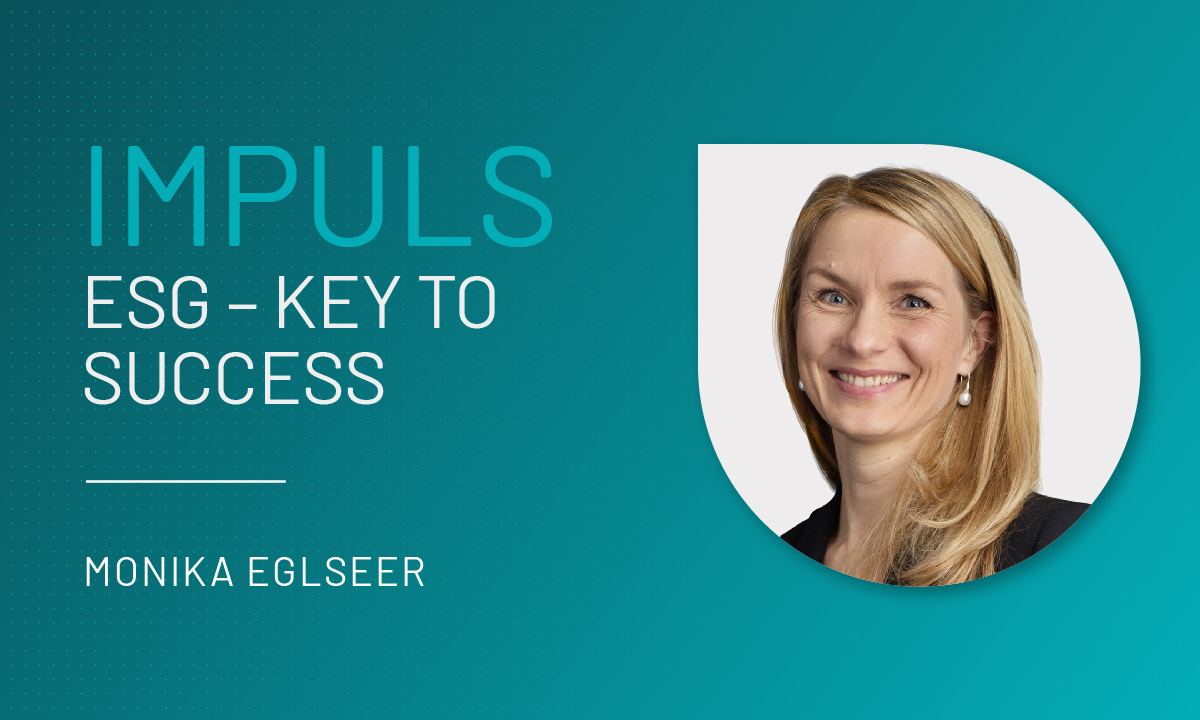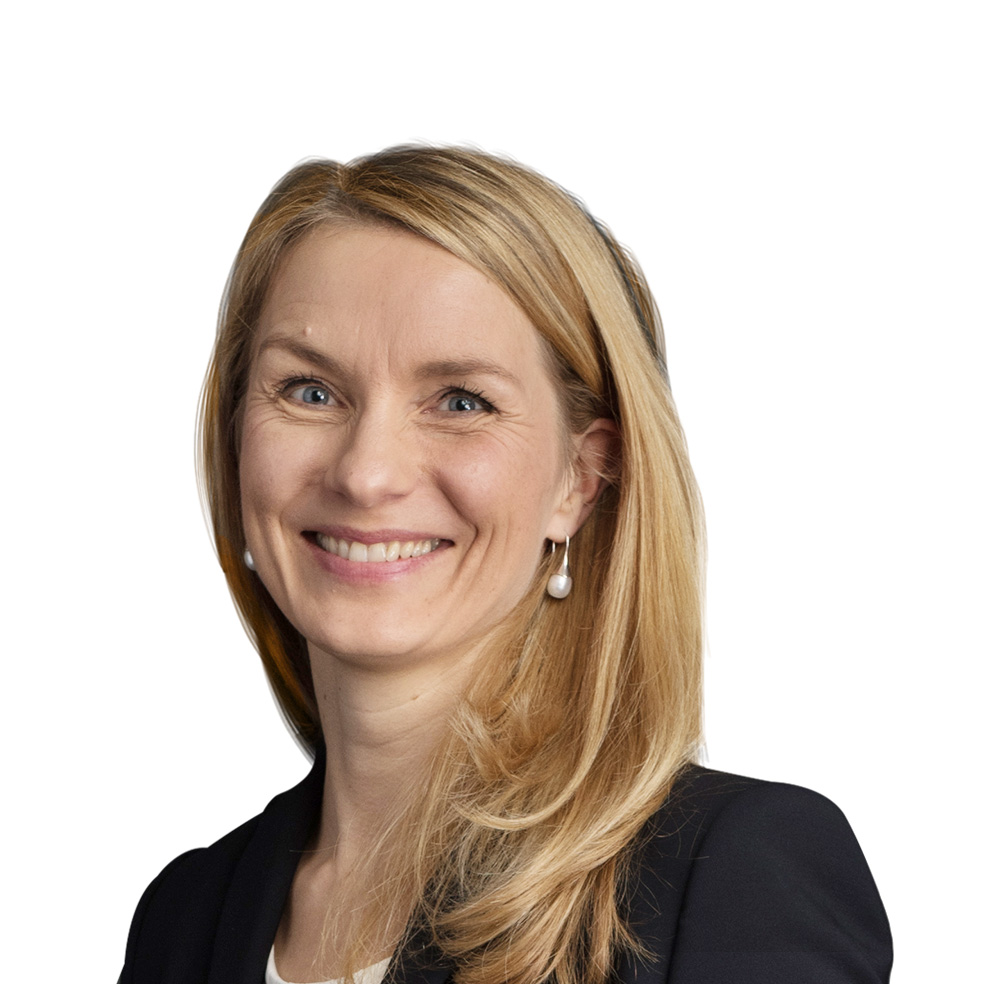Future Factories for a sustainable production

Combining digitization and sustainability initiatives
By Monika Eglseer, EFESO
Greenhouse gas emissions caused by industry in Germany have been reduced by 36 percent over the past 30 years. In the same period, the gross domestic product has more than doubled – a remarkable achievement. Nevertheless, industry still accounts for a good 40 percent of energy consumption in Germany today. In view of the global community's ambitious goal of limiting global warming to two degrees or less compared with pre-industrial levels, industrial emissions must be reduced by a further 36 percent by 2030. All available levers must be used now.
Solutions in today's factory
In addition to CO2 targets, rising energy prices are driving companies to reduce their energy requirements and decouple energy supply from the highly fluctuating supplier market. Insulation of buildings and machinery, heat recovery from production processes and automatically controlled LED lighting are just some of the solutions that have already been successfully implemented.
With in-house electricity production via photovoltaics, biomass, fuel cells or power plants, independence from external electricity suppliers increases – in combination with energy storage systems, fluctuations in demand can be buffered. Energy-intensive industrial companies are investing in the further development of new technologies such as energy generation from green hydrogen. But the fact that German industry's energy needs are barely changing and we are falling short of emissions targets shows, that these measures alone are not enough.
What is possible in the factory of the future?
The "Factory of the Future" relies on the digitalization of industrial processes in order to master their complexity and increase efficiency. At the same time, digitalization also offers the opportunity to significantly improve the sustainability balance of a factory – in terms of environmental, social and governance aspects.
Environment
There is potential in manufacturing that can’t be leveraged with classic lean methods. Sensors and AI enable intelligent production planning and control, for example, to avoid energy demand peaks and switch to times with available "green" energy. In conjunction with the targeted shutdown of unneeded equipment, energy savings of 20 percent have been achieved here in practice. At first glance, plant efficiency (Overall Equipment Effectiveness / OEE) has nothing to do with reducing emissions. But unplanned shutdowns, plant ramp-ups and poor product quality lead to increased energy consumption and waste and can be systematically identified and eliminated.
"There is potential in manufacturing that can’t be leveraged with classic lean methods."
Powerful sensors and advanced analytics methods can identify correlations between production parameters and OEE that are not visible with conventional analyses. Digital twins for processes, plants and buildings enable unprecedented optimization of quality and performance. In ongoing production, they help reduce losses of energy, raw materials and water, as well as plant availability.
Entering the circular economy increases the complexity of processes far beyond production. The "crade to cradle" approach aims at the complete return of materials to the production cycle in completely new processes for control, disassembly and remanufacturing. The transparency required for this is only made possible by technologies such as MES, SAP S/4HANA, Product Track and Trace, Edge/Cloud and cross-company data exchange. Sustainability must be visible from the office to the store floor. Key figures for measuring success are collected and visualized automatically.
Social
The physical as well as the mental health of employees are important goals of a sustainable company. Digitalization enables the improvement and individualization of the working environment, for example through the use of training and assistance systems or the automatic configuration of the workplace according to user profiles. Modern communication technologies and flexible working time models offer the opportunity to shape work more individually and to better reconcile work and private life.
"The company's responsibility for people goes beyond the work environment and time."
The company's responsibility for people goes beyond the working environment and working hours. Here, for example, the initiation of sports programs, mental coaching, joint leisure activities or individual sustainability commitment of employees can be mentioned as examples. Promoting well-being is part of the corporate culture.
Governance
The supply chain is moving closer together, and the internal factory view of "gate to gate" is not enough to meet regulatory sustainability requirements. The product-specific carbon footprint and the supply chain due diligence law are challenging many companies right now. The factory is part of the network, its processes are harmonized with those of other partners via the digital supply chain twin and controlled in real time via cockpits. Parts of the sustainability reporting can thus be generated automatically, where today information still has to be laboriously transferred manually from several systems.
Success factors
The digitalization roadmap for the factory must be closely linked to the sustainability strategy in order to meet all the requirements arising from it. Starting only with the production process would be too short-sighted; for example, investment decisions must be made according to sustainability criteria and included in the business case of projects and plants. Targets and measures must be formulated top-down and systematically coordinated and tracked across departments. Only in this way can they develop their long-term and full effect.
First publication of this article in: Lünendonk Magazin, Ausgabe 10/2023, „ESG: Schlüssel für nachhaltigen Unternehmenserfolg“



